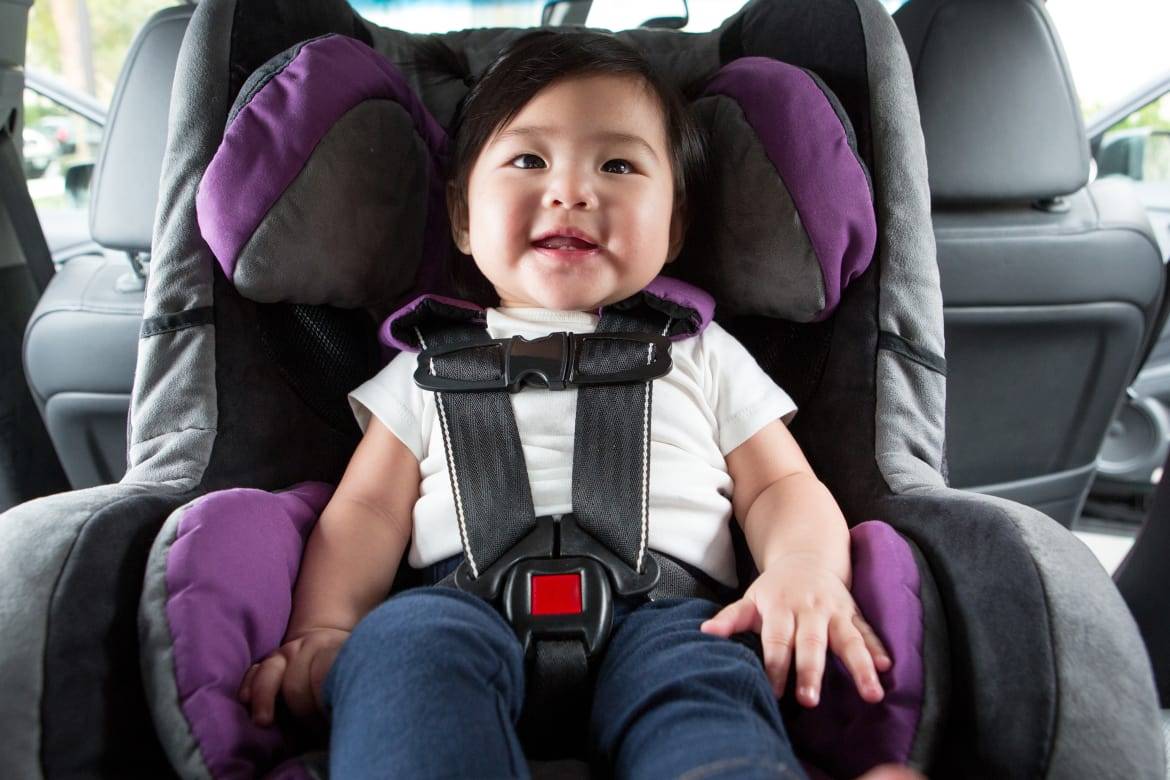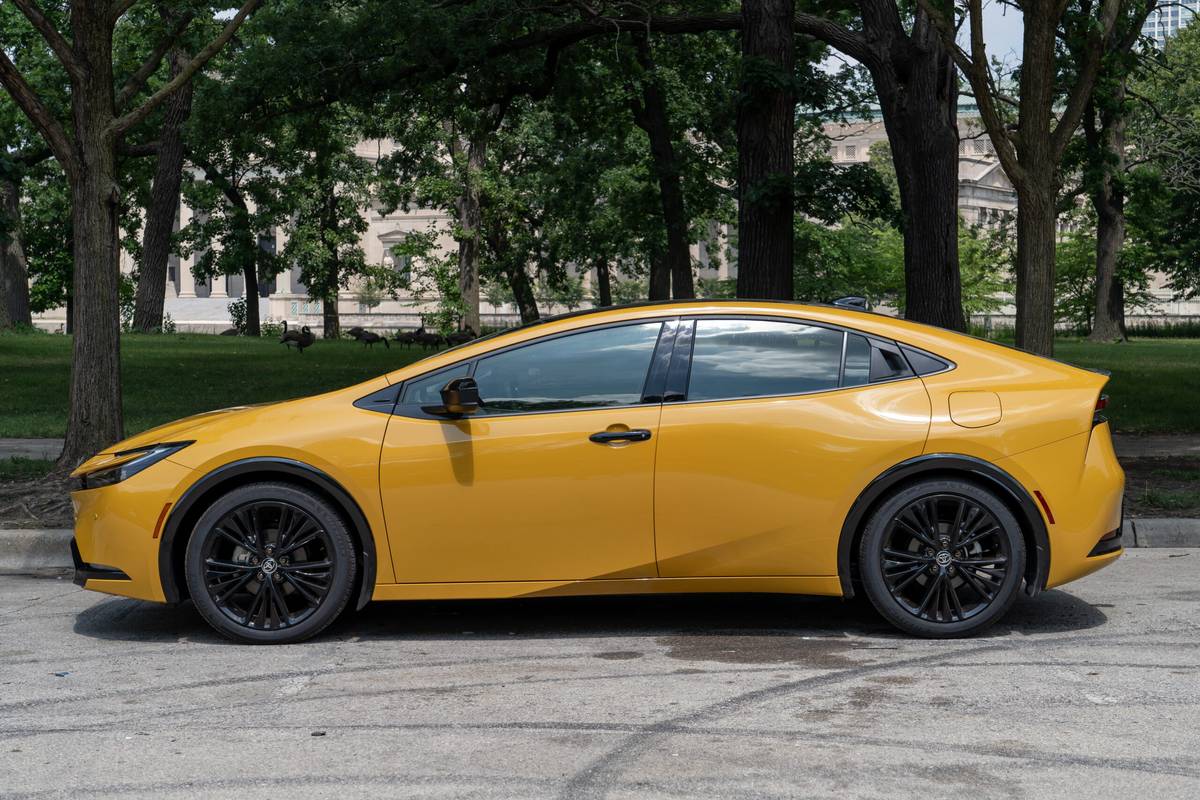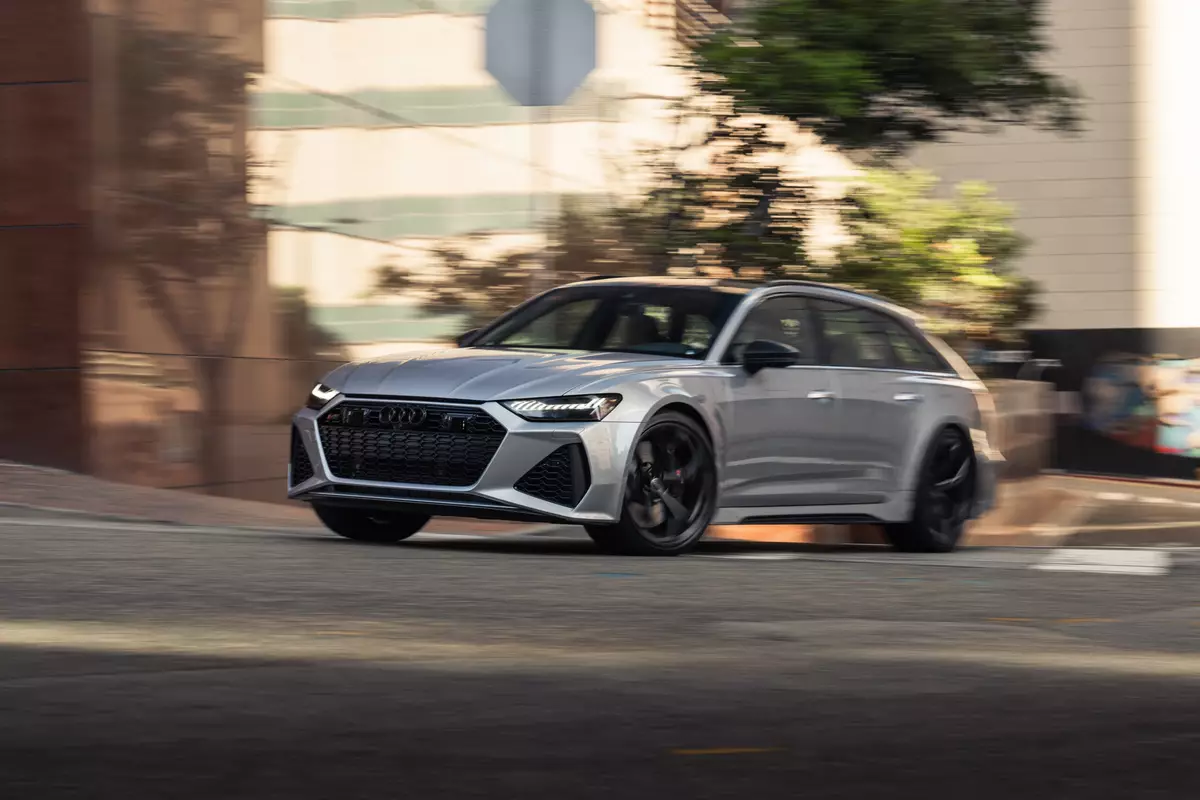10 Common Car-Seat Mistakes


CARS.COM — As a certified child passenger safety technician, I’ve seen it all when it comes to car-seat mistakes. Car seats can be confusing, but getting them right is so important.
When correctly used, child-safety seats decrease the risk of death by up to 71 percent for infants and 54 percent for 1- to 4-year-olds, according to a National Highway Traffic Safety Administration study. The hard part, however, is using a car seat correctly; 73 percent of car seats aren’t used or installed properly, according to Safe Kids Worldwide.
When I first started the 40 hours of training to become a certified technician, I realized that I had my young son’s car seat installed incorrectly. It happens, but what’s important is getting help.
Here are the 10 most common car seat mistakes according to NHTSA:
Mistake No. 1: Wrong Car Seat
Whether you’re keeping your baby in an infant seat that they’ve outgrown or you’ve moved your toddler into a booster seat, it’s important to use the car seat that fits not only your child’s height and weight but their age, too. Children have outgrown a car seat when they reach its height or weight limit.
Mistake No 2: Forgetting to Register the Car Seat
It can be easy to overlook the small registration card that comes with every new car seat, but it’s an important tool in keeping your child safe. Registering your car seat allows the car-seat manufacturer to alert you in the event of a recall. If you’ve misplaced the registration card — or if you’re not sure you registered the seat — NHTSA has a tool that provides the online registration link for each car-seat maker.
Mistake No. 3: Not Reading the Manual
Not only should you read your car seat’s owner’s manual to make sure you’re using it correctly, but you also should read your car’s owner’s manual — focusing on the child-safety section and cross-referencing it against the car-seat manual. The car’s manual will highlight where the Latch anchors are located, how to lock a seat belt when using it to install a car seat and other helpful information.
Mistake No. 4: Car Seat Is Facing the Wrong Direction
Children should ride in rear-facing car seats until at least age 2, and parents should keep them in that position until they outgrow the height or weight limits for the car seat’s position. Rear-facing car seats provide better head and neck protection in a crash than forward-facing seats, absorbing crash forces across the car seat’s shell. Some parents have voiced concerns about their child being uncomfortable when they’re older and still in a rear-facing seat, but kids are resilient and will find a position that’s comfortable, whether it’s crossing their legs or resting them on the seatback.
Mistake No. 5: Rear-Facing Car Seat Isn’t at Correct Recline Angle
A rear-facing car seat should be reclined 30 to 45 degrees, according to the car-seat manufacturer’s recommendation. Not all manufacturers recommend the same angle, but it’s important because this angle helps keep the baby’s airway open. As the infant gains more head control, they can sit more upright (closer to a 30-degree recline). Check your rear-facing car seat’s recline indicator.
Mistake No. 6: Using Both the Latch System and Seat Belt for Installation
Many parents think more is better when it comes to car seats, and they will install their car seat with both the Latch system and the seat belt. In this case, more can be dangerous: Car seats haven’t been crash-tested with both seat belts and Latch systems securing them, so it’s not known how the car seat will — or won’t — perform in a crash. When installing a car seat, use either the seat belt — making sure it’s locked — or the Latch system.
Mistake No. 7: Car-Seat Installation Is Loose
Car seats should be installed snugly into a car. When you grab the car seat at its belt path (the area where the Latch system or seat belt attaches or goes through the car seat) and give it a tug, it shouldn’t move more than an inch. If the installation is too loose, simply push down on the car seat with your hand and tighten the Latch strap or seat belt. This seat check should be done each time your child uses the car seat.
Mistake No. 8: Harness Straps in the Wrong Position
As your child grows, you’ll need to adjust the harness straps’ location in infant seats, convertible seats and combination seats. It’s important to remember that a child in a rear-facing seat should have the harness straps positioned at or below the shoulders. When forward-facing, the straps should be at or above the shoulders.
Mistake No. 9: Chest Clip Positioned Too Low
The chest clip is a little piece of plastic on the car-seat harness with a big job of keeping the harness straps in the correct position. The chest clip should be at the child’s armpit level. Neck injuries could result if it’s too high, stomach trauma if it’s too low.
Mistake No. 10: Car-Seat Harness Is Too Loose
If the car seat’s harness is too loose, it can’t keep your child properly restrained in an accident. There should be no slack; make sure the harness webbing sits against the child’s body — without being too tight.
If you’re unsure if you’ve installed your child’s car seat correctly, get help! Seat checks are free, but make sure to bring your car seat’s owner’s manual, car’s owner’s manual and your child or children.
Cars.com’s Editorial department is your source for automotive news and reviews. In line with Cars.com’s long-standing ethics policy, editors and reviewers don’t accept gifts or free trips from automakers. The Editorial department is independent of Cars.com’s advertising, sales and sponsored content departments.

Editor-in-Chief Jennifer Newman is a journalist with more than 25 years of experience, including 15 years as an automotive journalist at Cars.com. Jennifer leads the Editorial team in its mission of helping car shoppers find the vehicle that best fits their life. A mom of two, she’s graduated from kids in car seats to teens behind the steering wheel. She’s also a certified car-seat technician with more than 12 years of experience, as well as member of the World Car Jury, Automotive Press Association and Midwest Automotive Media Association. LinkedIn: https://www.linkedin.com/in/jennilnewman/ Instagram: @jennilnewman
Featured stories

2026 Subaru Solterra Review: Necessary Improvements


2025 Toyota Prius Review: Big on Mileage, Small on Space


